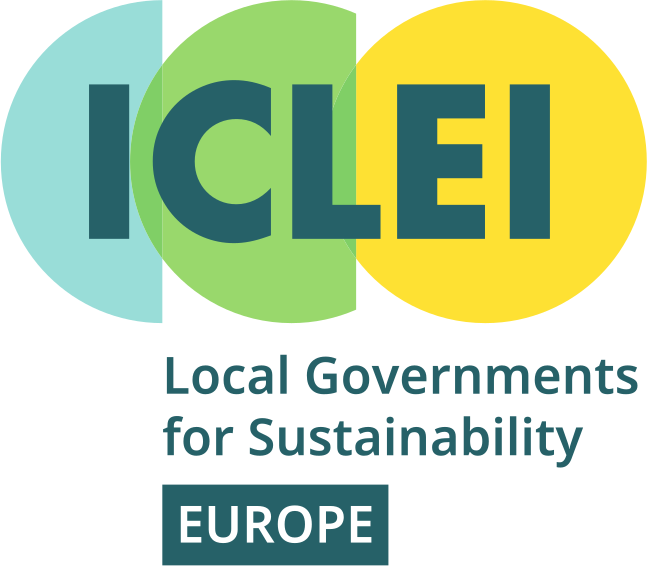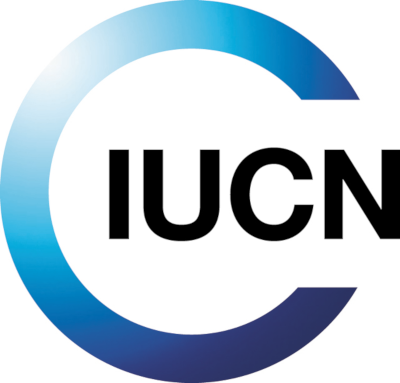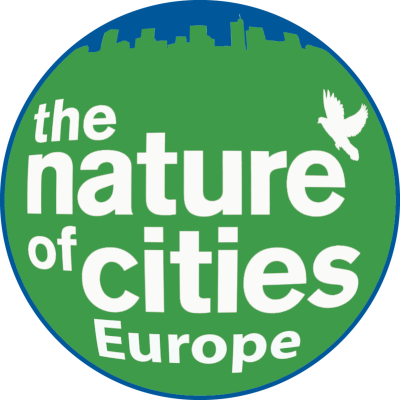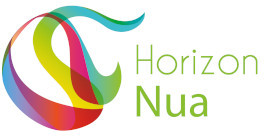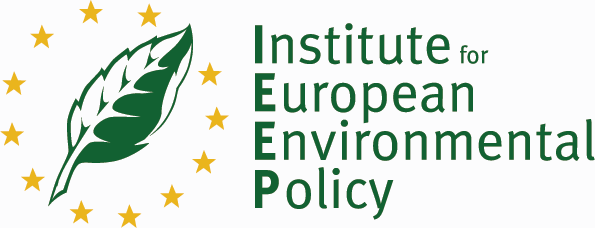
Objective:
Enhancement of Croatian forest ecosystem services through assessment of fungal diversity based on DNA barcoding is a four-year project financed by the Croatian Science Foundation with the objective of exploring fungal diversity of Croatian forests through the DNA barcoding methods, aimed to analyze its impact on forest ecosystem services. Research institute ‘Ruđer Bošković’ from Zagreb, Croatia is the lead partner on this project that started in October, 2018.
Context:
DNA barcoding is a molecular method for species identification. DNA barcode is a standardized short DNA sequence of 400 to 800 bp in length, easy to isolate, variable and highly specific. It is very useful in applied and fundamental sciences: taxonomy, biodiversity inventory, phylogenetics, population genetics, forestry, agriculture, environmental assessment, nature protection, etc. Sampling is performed on a grid of 100 × 100 or 200 × 200 m and 4 soil samples are taken at each grid point. A composite sample is made for each point, DNA sequences are extracted and compared with already known, accepted data for each species.
Contacts:
Armin Mešić, PhD, amesic@irb.hr, https://www.irb.hr/eng/Divisions/Division-for-Marine-and-Environmental-Research/Laboratory-for-Informatics-and-Environmental-Modelling/Employees/Armin-Mesic
Further information:
https://www.irb.hr/eng/Divisions/Division-for-Marine-and-Environmental-Research/Laboratory-for-Informatics-and-Environmental-Modelling/Projects/Enhancement-of-Croatian-forest-ecosystem-services-through-assessment-of-fungal-diversity-based-on-DNA-barcoding-ForFungiDNA

